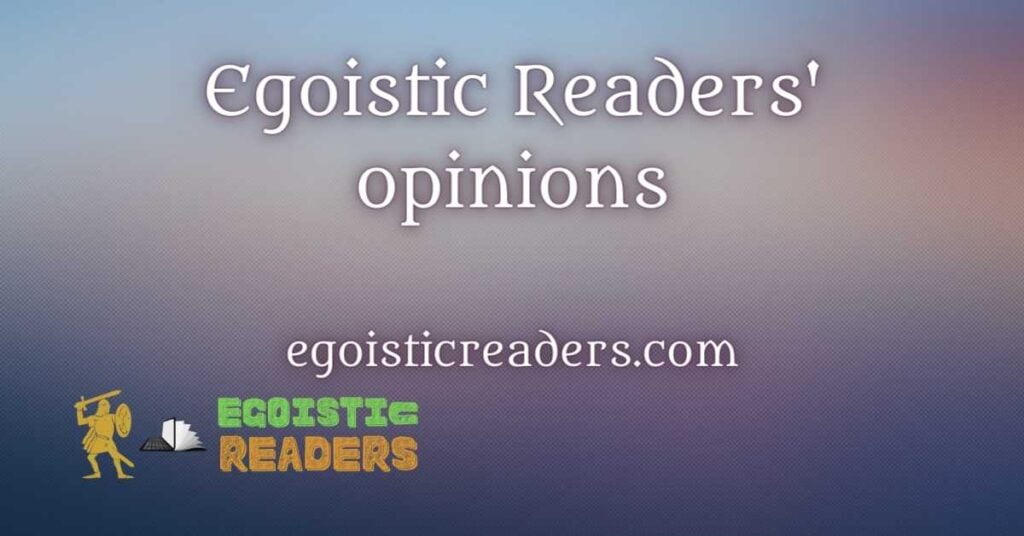English literature has been home to some of the most amazing thoughts, works, concepts, ideas and imaginations! Victorian novels, a distinctive literary genre that emerged during the reign of Queen Victoria in the 19th century, encapsulate a rich tapestry of societal complexities, moral dilemmas, and cultural transformations. I have been thinking about writing something about this genre, the whole body of literary works that captured the social interests, aspirations and expectations very well. However, before I wrote, I did need to read a lot – not only the novels but also things about these novels. And once I did, I am here with something! This article delves into the intricate relationship between Victorian novels and the society they sought to depict, exploring how these works both mirrored and shaped the consciousness of the Victorian era.
1. Social Realism in Victorian Novels:
Victorian novels are often celebrated for their commitment to social realism. Writers like Charles Dickens, Elizabeth Gaskell, and George Eliot keenly observed the societal disparities brought about by the Industrial Revolution. Dickens’ “Hard Times” vividly exposes the dehumanizing effects of industrialization on the working class, highlighting the stark contrast between the privileged few and the impoverished masses.
2. Moral and Ethical Dilemmas:
The Victorian novelists grappled with moral and ethical questions that were central to the societal discourse of their time. Oscar Wilde’s “The Picture of Dorian Gray” explores the consequences of unchecked hedonism, reflecting Victorian anxieties about morality and decadence. Similarly, Thomas Hardy’s “Tess of the d’Urbervilles” confronts issues of morality, class, and gender, offering a critique of societal norms.
3. Gender Roles and Women’s Issues:
Victorian novels played a pivotal role in reflecting and challenging the prevailing gender norms. Charlotte Brontë’s “Jane Eyre” is a seminal work that defied the conventional portrayal of women in literature, presenting a fiercely independent and assertive female protagonist. Elizabeth Gaskell’s “North and South” explores the changing roles of women in society, depicting the challenges faced by women in the industrializing world.
4. Class Struggles and Social Mobility:
The Victorian era was marked by significant class stratification, and novels of the time engaged with the challenges and possibilities of social mobility. Charles Dickens’ “Great Expectations” is a classic exploration of social class, ambition, and the moral consequences of upward mobility. The novel reflects the pervasive belief in self-improvement but also underscores the challenges inherent in navigating a rigid class structure.
5. Colonialism and Imperialism:
As the British Empire expanded, Victorian novels grappled with themes of colonialism and imperialism. Joseph Conrad’s “Heart of Darkness” delves into the moral darkness that accompanies imperialism, questioning the assumed superiority of Western civilization. Rudyard Kipling’s “Kim” explores the complexities of identity and loyalty against the backdrop of British India.
The Complex Novels you cannot ignore:
Not all these novels written in the Victorian Era are as common as Hard Times and The Mill on the Floss. There are complex novels, especially in the last decade and around, that you may need to read a little carefully in order to fully grasp the authors’ ambitious storytelling. Novels like The Picture of Dorian Gray are amazing in their complexities. Here is a list of such complex novels produced in the era that you cannot miss!
1. Middlemarch” by George Eliot (1871-1872):
George Eliot’s “Middlemarch” is a sprawling novel that intricately weaves together the lives of its diverse characters in the fictional town of Middlemarch. Exploring themes of marriage, politics, and social change, Eliot delves deep into the complexities of human relationships and the societal expectations that shape them.
2. Wuthering Heights” by Emily Brontë (1847):
Emily Brontë’s “Wuthering Heights” stands as a dark and brooding exploration of passion, revenge, and the destructive power of unchecked emotions. The novel unfolds the tumultuous love story between Heathcliff and Catherine Earnshaw, set against the atmospheric backdrop of the Yorkshire moors.
3. Bleak House” by Charles Dickens (1852-1853):
Charles Dickens’ “Bleak House” is a complex narrative that intertwines multiple plotlines, ranging from a legal battle known as Jarndyce and Jarndyce to the personal stories of its diverse characters. Through its intricate structure, Dickens critiques the flaws of the legal system and exposes the societal injustices of Victorian England.
4. The Picture of Dorian Gray” by Oscar Wilde (1890):
Oscar Wilde’s only novel, “The Picture of Dorian Gray,” delves into the Faustian bargain made by its protagonist, Dorian Gray. As Dorian’s portrait ages, while he remains youthful, Wilde explores the consequences of a life dedicated to hedonism and the moral decay that accompanies the pursuit of pleasure.
5. Tess of the d’Urbervilles” by Thomas Hardy (1891):
Thomas Hardy’s “Tess of the d’Urbervilles” is a tragic tale that examines the challenges faced by its titular character, Tess, in a society bound by rigid Victorian moral codes. Hardy’s narrative skillfully navigates issues of class, morality, and fate, offering a nuanced portrayal of a woman’s struggles in the face of societal expectations.
These novels stand out not only for their literary brilliance but also for their nuanced exploration of the multifaceted issues that defined the Victorian era. Each work delves into the complexities of human nature, societal norms, and the moral dilemmas that characterized this transformative period in history.
Conclusion:
Victorian novels serve as both mirrors and critiques of the complex consciousness of Victorian society. Through their nuanced exploration of social issues, ethical dilemmas, and cultural shifts, these novels not only provided a window into the past but also laid the foundation for the societal introspection that would shape the ensuing centuries. As we revisit these literary treasures, we gain profound insights into the challenges and aspirations that defined the Victorian era, fostering a deeper understanding of the intricate interplay between literature and society.
If you want to read more Victorian novels or just want to explore what to read, do read this amazing article by ReadByCritics, Must Read Victorian Novels.
Thanks for reading!
By The Indian Readers for Egoistic Readers Platform



